Smart moves – voices of Wellington
Heaps of people talked to us for Part 2 of our special series, Smart Moves, but we could only fit a handful of them in the DomPost word limit. So here’s what people think about transport in Wellington right now, and how they’d like to get around.
Talk Wellington is deeply grateful to everyone here who took the time to talk to us.
Wellingtonians overwhelmingly want to live in a city connected by people, not cars. Our interviewees told us cars are currently winning the battle for space in Wellington, and everything else is forced to work around the traffic.
Devoting space to people is what gives a city its heart.
Alison Howard, 43, of Miramar thinks fewer cars in the city is definitely the way to go.
“There’s no reason for having cars in the city – they clog it up. I want to be able to walk around, enjoying that feeling of freedom without having to look out for cars.”
Cuba Street is consistently at the top of Wellingtonian’s ‘favourite places’ lists, which indicates Howard isn’t alone in wanting more accessible pedestrian spaces.
We’re more than commuters
Some respondents suggested that Wellington’s public transport hasn’t progressed beyond simply doing the bare minimum. A lack of a cohesive transport plan means the city’s public transport system hasn’t kept pace with an exploding population growth.
Daniel Spector, 52, of Te Aro is befuddled by Wellington’s lack of first world transport despite being a capital city, and dreams of affordable rail to the Hutt, Masterton and further beyond:
“When your public transport is worse than US cities, you know you are losing.”
On the whole, bus and rail are too infrequent, chaotic and wildly expensive compared to other similar cities in the world, Spector said.
Everyday A to B needs
Another issue is lack of choice and reliability, which is a continuing source of frustration for many of those who live outside the central city. People we spoke to want to use public transport, but for those who have busy lives requiring strict time management, it is just not feasible.
Bronwyn Brown, 63, from Khandallah would “absolutely prefer” to use public transport over driving her car into the city. “People in Ngaio and Khandallah don’t drive their cars out of obstinate rebellion, we just need a viable alternative! The reality is I rarely have the time to allocate a ‘joyful’ day’s outing doing what I need by public transport.”
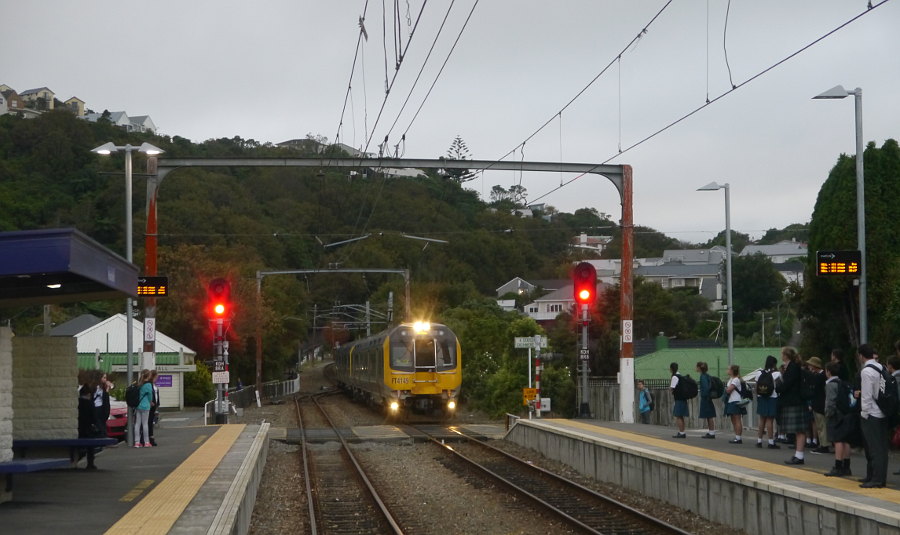
Cost is another issue when it comes using public transport regularly. It can be prohibitively expensive for some, while for others like Suze Keith (51), of Kelburn, taking the car is still the cheaper option.
Keith said she would love to not have to own a family car. “We can see a future where we will no longer have to own a car, but the alternatives aren’t there yet, so we keep it.” Relative prices are also preventing her family from shifting: “The bus fare into town and back is $6, and that’s just for me – add in the family and the car is way cheaper.”
People aren’t looking for a door-to-door personal chauffeur – they just want options that are usable for everyday life. That are real options relative to driving.
“The Lands Out of Scope”
Although many Wellington city dwellers said public transport simply isn’t good enough, options tend to be even worse further out from the city. (Bizarrely, everything north of Ngauranga is out of scope for Let’s Get Wellington Moving.)
Many of the places people live – the Hutt Valley, Porirua and Kāpiti – have trains but infrequent and often unreliable bus systems. These are often the only source of transport for the young and the elderly.

Navana Matthews, 25, lives in Titahi Bay. “There’s usually this beautiful Samoan kuia who always greets me at our bus stop as she waits to start her day. I know the bus timetable for Titahi Bay like the back of my hand and I know she does as well. A normal wait time for our bus is 40 minutes. if something happens and she misses the bus she needed, it can really throw her day out because there’s such a long wait til the next one. It can be really stressful, she might miss appointments or have to wait ages with groceries.”
Too many links in the chain are failing, according to Kara Puketapu-Dentice, 28, from Wainuiomata. He said this issue has a detrimental follow-on affect for commuters. “If anything goes wrong and you miss a connection, it’s ‘oh great, now I can’t get home for two hours.’ And [then] you spend a lot of time at the bus stop or the train station, which are – let’s face it – yuck places to wait.”
He believes we need to reset in the way we view cars in society, and the notion of “independence” has been taken too far – to the point where everyone travelling “independently” in their own private vehicles is creating needless congestion.
Dentice also pointed out the paradox of prioritising cars, which discourages people from spending quality time in the street space. “Retailers are the thing, they’ll worry they won’t get customers if there’s no carparks outside. The fact is, it’s not about whether there’s parking or not parking there. The problem is how you’ve designed that streetscape in the first place […] if it’s not an appealing place to spend time out of the car.”
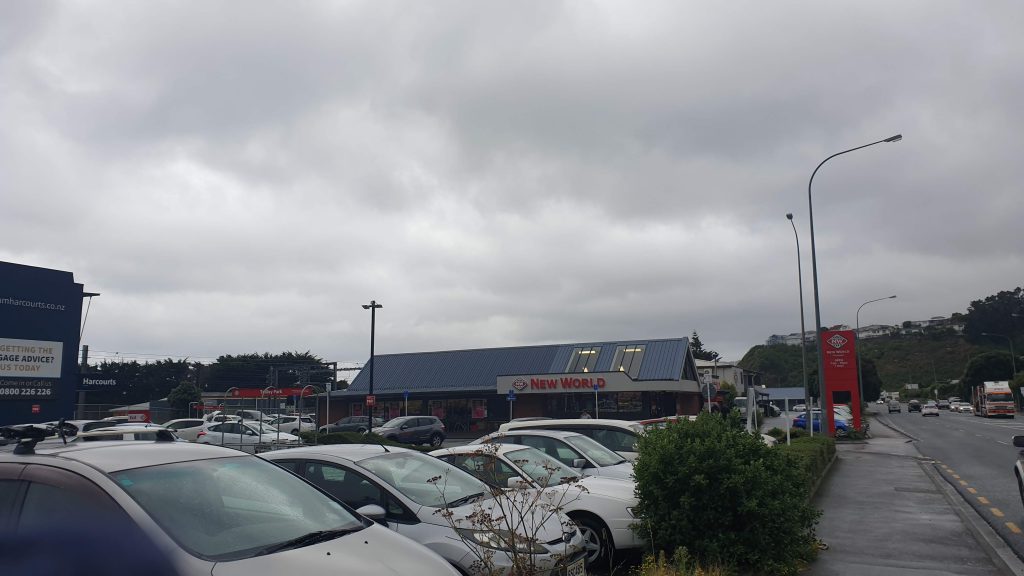
Families and frequency
Miriam Freeman-Plume, 40, works in central Wellington. Living in Plimmerton, only 25 minutes up the coast and with its own, accessible rail station, she says “public transport is my absolute preference for commuting, and I do often as possible.” But like many other people she juggles a busy family life; work, school, day-care and home. “If I miss a train, I’ve jeopardized a whole morning or evening family sequence – the kids’ pick-up or drop-off, dinner and so on.” At the moment, despite the location advantages, she says with frustration “it’s just not feasible to use public transport as my primary transport to and from work.”
It’s a scenario Joey Shannon, 33, from Roseneath can relate to: as a dad with toddlers, it’s schedules and routes that keep his family car-bound.
“You never realise just how important bus frequency is until you’ve got two kids under 3. It’s up to five times as long by public transport as by car.”
“As easy as riding a bike” – ?
Tanya Radford looked into getting an e-bike, “which would have been much faster than the bus into town for work (I was getting tired of them overtaking the bus while we sat in traffic on Old Hutt Road). But when we ended up choosing a childcare close to work in the CBD, it would have meant taking my girl on the bike too. I just don’t feel safe enough on Wellington (or any NZ) roads to travel with a child.”
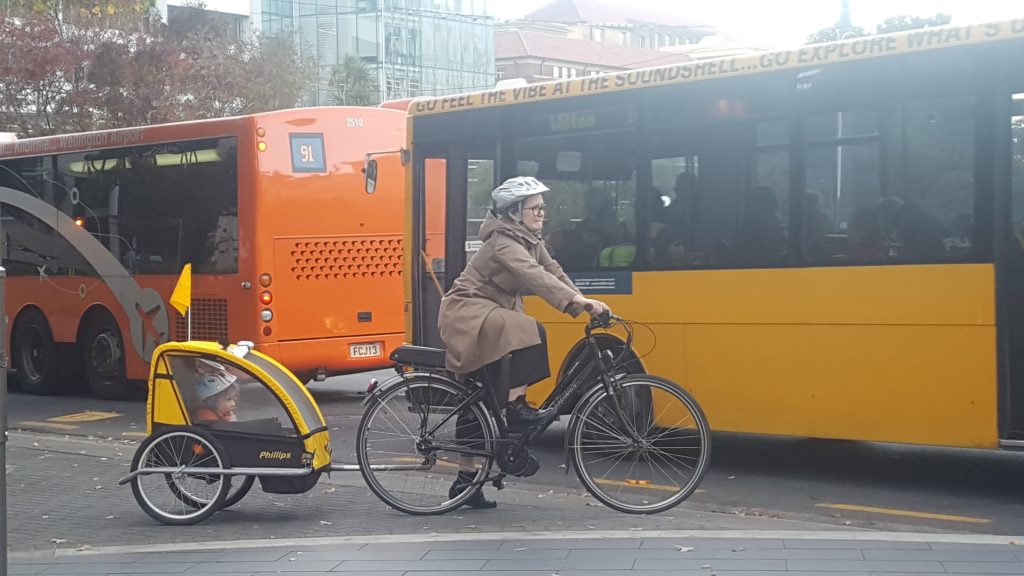
While the obvious solution to many of Wellington’s transport woes would be more people getting around on bikes, there was universal concern about the risks their families take by biking on the roads and streets. Parents from everywhere in the region want their kids to be able to bike to school, around their neighbourhoods, and to be able to bike and take public transport to sports and other activities. But navigating Wellington’s streets in traffic requires confidence and a skillset that most adults struggle with, and few parents were willing to let their kids do it.
It’s something Richard Bradley, 51 from Plimmerton, can relate to as well. After a couple of “near-death experiences” with cars, he finally quit cycling around. “When you’re on a cycle versus a car it doesn’t matter if you are right or wrong, you’re coming off a distant second.” Bradley advocates for better cycleways to give people safer options. He said if people felt safe enough to ride to work there would be health benefits alongside the environmental advantages. “Cycleways would really give people the option… As a nation – what I’m seeing… we’re going backwards in terms of obesity and stuff like that. People are busy, they don’t have time for lots of things let alone keeping fit.
“It’s all about time management – if you could ride to work, because you felt safe enough to do it, rather than drive or train, that’d mean you could get your fitness without having to make extra time for it.”
“I used to cycle to work [in London and Wellington] a lot” says Gayle Carmichael, “and then I stopped because I almost got killed twice by drivers – people pulling out of driveways without looking, people almost running you off the road. I didn’t want to stop riding, I just found it too dangerous. Cycling on footpaths isn’t fair on pedestrians so I believe you should cycle on the road. But Kiwis are really aggressive – worse than Londoners.”
Like Bradley and Carmichael, Pablo Gomes, 39 of Island Bay, is another experienced cyclist who has been knocked off his bike. Berhampore was a particularly dangerous spot, he said. “Motorists usually overtake riders very closely. I have been ‘doored’ three times already, I despair to think of what would happen to my 10 year old trying to go to school among impatient drivers.” Steve Dixon (52) of Hataitai says “There are so many more people who’d happily cycle, especially with e-bikes, than are actually cycling now. There’s some good work in the suburbs making cycling safer, but in the central city there’s zero safe spaces for cycling. You’re alongside buses and other vehicles the whole way; it’s just dangerous. People – rightly so – are making choices “no I’m not going to share a narrow road with a whole bunch of buses”.

Open up Wellington
Readers will resonate with people wanting their kids to feel safe outdoors, and to be able to be out enjoying Wellington’s unique environment – rather than just passengers watching from the back-seat of a car. James Harris, “fifty-something” parent and economist from Newtown, called out the need for reliable public transport links from Kapiti to the Hutt, Porirua to the Wellington South Coast: “Let’s open up the whole region for everyone.” Like many other parents he wants his kids to be able to independently enjoy the entire region, and his family to be able to use public transport more easily to get out of the city on the weekends. Joey Shannon echoed this sentiment: “there are other places we’d love to go by public transport, our church in Miramar, to visit our friends in Johnsonville, but is just out of the question. We’re talking three, four, five times as long by public transport as by car so there is really no way.”
Rates of car ownership in Wellington are dropping, but the city’s public transport is still mostly based around rush-hour commuting. Like many other car-less respondents who feel unsafe cycling on the road, Sarah Lee’s everyday Wellington is therefore limited mostly to places she can walk. Lee (23) of Kelburn said on weekends she often wants to go visit Red Rocks and Makara, but they are, for now, completely inaccessible without a car. “And with better infrastructure I would spend more time in Newtown, Kilbirnie and Petone. We are so lucky to have wild and beautiful coastlines and walks 10-15 minutes out of the city but there is no way to get there without a car.”
Sharing is the future … soon?
Within the city, rideshare options such as e-scooters and Onzo bikes are an option for people who don’t want to use cars but need to get somewhere quickly.
While Tanya Radford currently uses Onzo bikes about three times a week, she’s found there aren’t always enough bikes available to make it a reliable option. But Radford says it’s a good start toward shared, cheap transport options within the city, which has changed the way she moves from place to place. “No more taxis to meetings. I can be swimming at Oriental Bay 6 minutes after leaving work.”
Echoing the strong calls in Let’s Get Wellington Moving consultation, the people we spoke with were unequivocal about wanting easier walking and cycling – and not just squashing people together into the space that’s left over after prioritising cars. It’s something Sonia Cole, of Mt Victoria, agrees with. Cole works in the city centre and says, “moving to Island Bay in the next year or so – I’d like to e-bike all the way! … But [unless there’s a safe separated space] I’ll try to avoid peak traffic to feel safe when sharing roads with trucks and busses.” On the increasingly crowded Wellington waterfront, she suggests “why not a little tunnel space or an overpass like in New York. It would become a tourist attraction!”
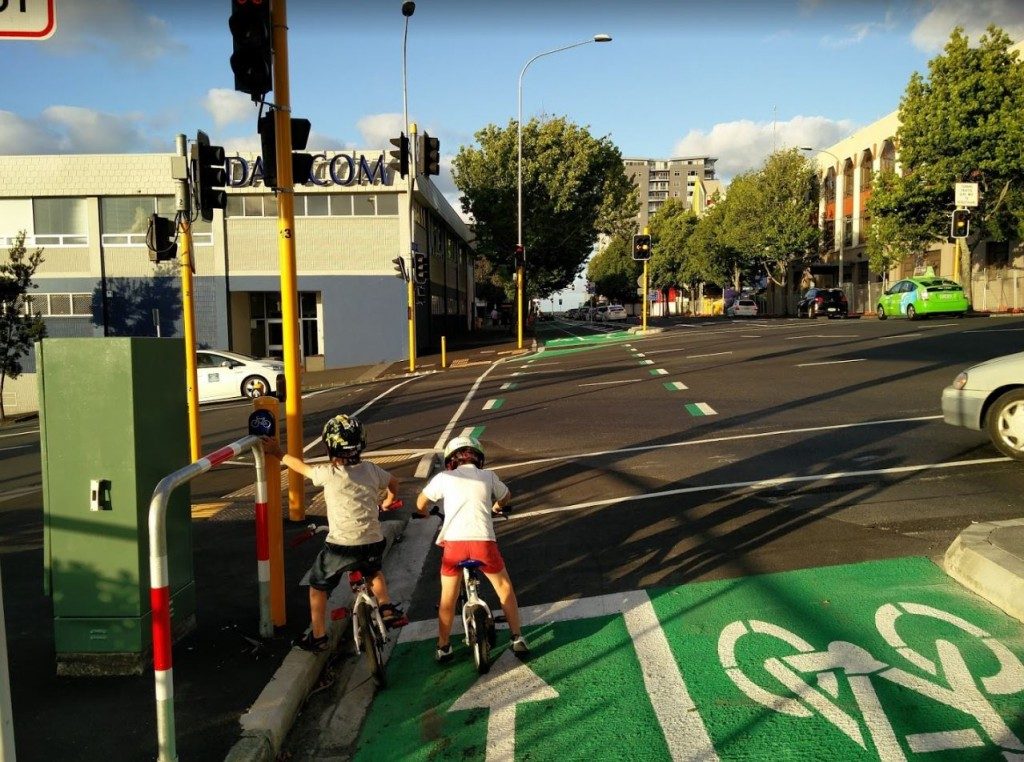
dedicated, protected space.
Can we plan for the future, please
Nicci Wood is another resident firm in her belief that shared transport is the way to go, and she points out that planning must proactively prioritise good transport types. Wood said that we need to start planning infrastructure and policy to support “shared autonomous” transport modes – like Lime scooters and Onzo bikes – as well as making it easy for people not to own a car at all. “We must make decisions now that will benefit all future Wellingtonians.
For the first time the past is no indication of the future demands and trends. Developments may be enough for right now, but in another 20 or 30 years we will be complaining about our lack of foresight.”
It isn’t just the city centre that concerns our respondents. Accessibility to the airport is another issue. For people catching early morning flights, there are no options at all to get the airport on time using public transport. Michael Perkins, 38, of Titahi Bay, said “I would love to see suburban bus services that are more like shuttles – small and frequent. I’m doing these trips by Uber or Ola at the moment as the evening and weekend services near my home are infrequent, when they are scheduled at all – which isn’t at night time! Also, Porirua through to the airport by public transport at the weekend takes longer than most domestic flights!”
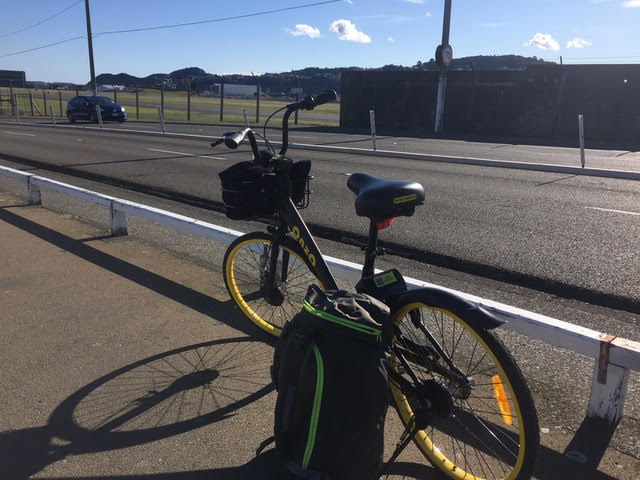
It’s time to get smarter
Commuting is a huge concern for those living in the Hutt Valley, Porirua and Kapiti. Residents of these areas continue to be affected by traffic problems with the fear it is only going to get worse as growth areas are added without anything being done to change people’s transport habits. The Hutt Valley is set to gain at least 5,000 more people by 2047 and similar growth is forecast for other areas in the regions. Helena Govan, grandmother from Alicetown, said “the Hutt’s population is only going to grow more, and the congestion is getting worse. I hardly ever see a school bus now – it’s just 20 or 30 kids from a neighbourhood all being driven in 20 or 30 cars from the same place.”
Climate change was an important topic that often cropped up in our discussions, leaving our interviewees confused as to how building more roads and encouraging car use fitted in with meeting obligations for the Paris Climate Agreement.
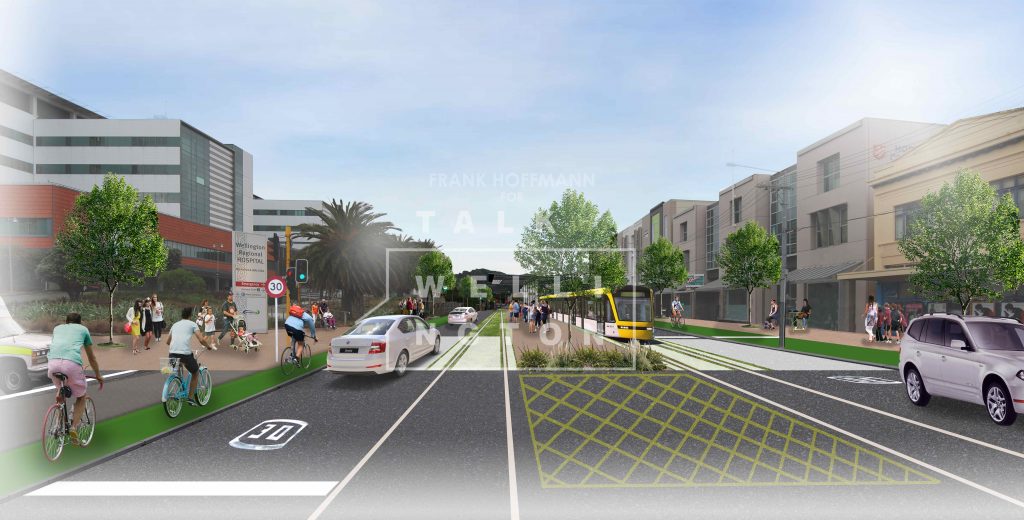
The clear answer is light rail according to Steve Dixon, 52, from Hataitai – who said Kiwis don’t know what they are missing out on.
“Light rail is fantastic, and with our climate change motivation, now’s the time to do it. They just move masses of people around major European cities every day. It doesn’t get affected by congestion. You catch your 7.12 tram and know you’ll be at work at 7.24 guaranteed.”
Dixon said it is important to recognise building infrastructure for cars is encouraging more people to drive – and that even with new roads there will still be huge bottlenecks at the end of it all. “The roads will be backed into the hills because the city’s at the end of it, there’s nowhere to go. It won’t make a difference a few years down the track and you have to ask yourself, was that a good investment?”
See the first parts of our series, New Departures and Smart Moves (together the first Saturday instalment in the DomPost/Stuff)
Then check out parts three and four, the second instalment in the DomPost/Stuff.
Talk Wellington compiled this series with various subject-matter experts (in economics, engineering, and planning of transport and landuse), and with help from great communicators. We do this because Wellington people deserve to be better informed, so people – and our politicians – can do better in the big and small decisions that shape our towns and cities.
Read about us here.
Image credits:
- Banner – Isabella Cawthorn
- Titahi Bay bus stop – Flickr user Phillip Capper
- Khandallah rail station – by Valley Signals
- Woman cycling with her kid by buses – Isabella Cawthorn
- Adelaide Road visualisation as a complete street – Frank Hoffman
- Kids on Nelson St cycleway – Greater Auckland
Still not seeing options – including accessible buses for those with mobility issues- including the elderly and those in wheelchairs.
GWRC treats the Disabled community as invisible – out of sight – out of mind.
Replacement buses for scheduled outages on the Hutt Line are farcical. Old NCS buses. TRANZdev and Metlink Managers are trying to get all accessible buses.